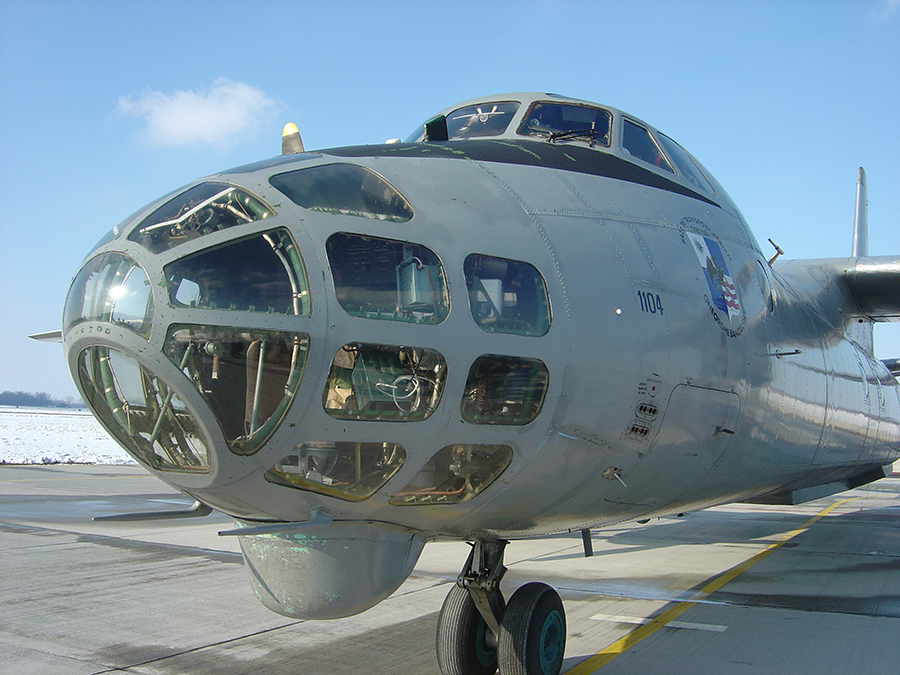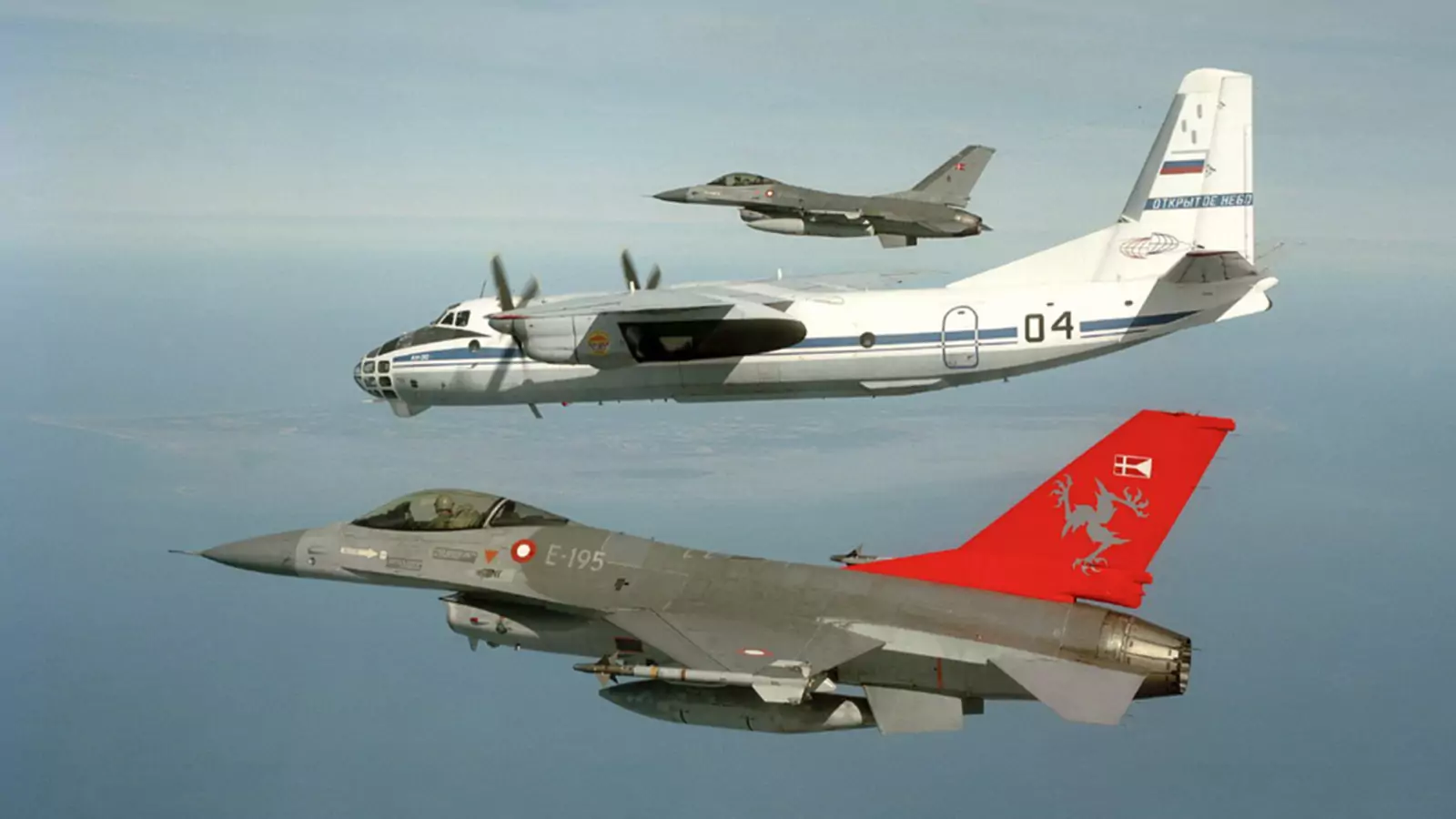Open Skies Treaty Questions

September 2020 by kingston reif and shannon bugos.
Open skies treaty questions. While initially imagined as a key part of multiple arms control deals for over a decade many in washington believe russia is in regular non compliance with ost protocols. Russia ratified the treaty on open skies on may 26 2001. The trump administration formally withdrew from the 34 nation open skies treaty on november 22 after serving the obligatory six months notice to do so in may this year. Unilateralism is setting a bad example by encouraging others to look after their self interest sacrificing the common good.
Specifically they ve blamed moscow for preventing surveillance flights from happening over russia. The trump administration announced in may it would leave the pact in late 2020. The open skies treaty was meant to contribute to international security but it has been twisted and perverted in its implementation and now serves russian purposes inimical to that security. The open skies treaty is widely seen as a positive and innovative development in the realm of arms control aiming to reduce the chronic deficit in global security governance.
We understand that many of our allies and partners in europe still find value in the treaty and we are grateful for the thoughtful feedback they have offered us during the course of our review of these. For the past several years washington has been accusing moscow of implementing the treaty in a selective manner and of violating some of. And russia to fly. The united states is now officially out of the open skies treaty but questions remain about the road ahead.
The remaining members of the 1992 open skies treaty are moving forward with determining how the treaty will function following the planned withdrawal of the united states but significant questions remain about how the treaty would function with the u s. The open skies treaty which was first proposed by former president eisenhower but didn t enter into force until 2002 allows its more than 30 signatories including the u s. The treaty which allows nearly three dozen signatory countries to inspect others military installations from above entered into force in 2002 but u s.










